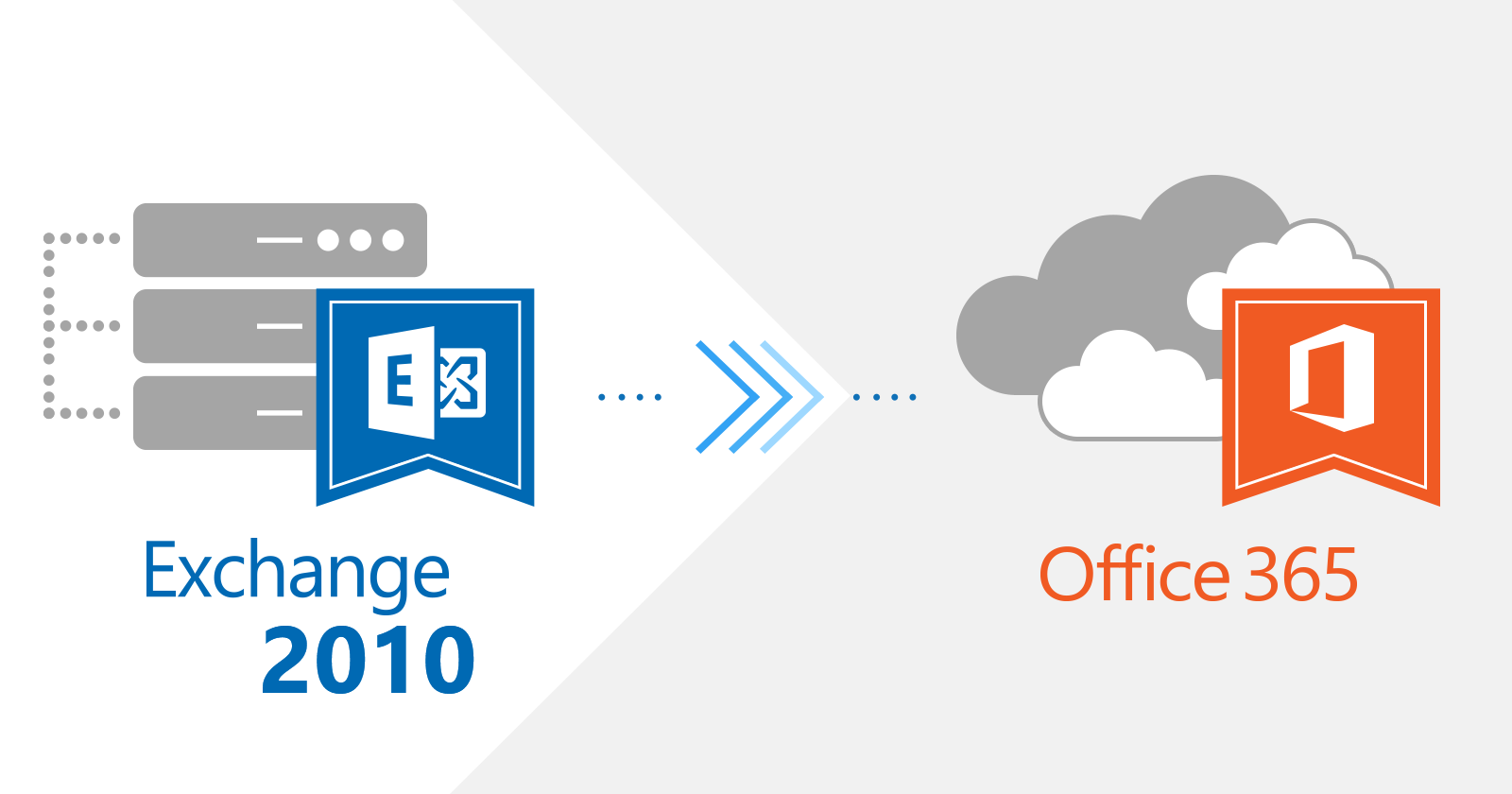ZIP: the only file compression format you’ll ever need. Or so you thought.
There are actually several file compression formats available, like tar and RAR. But when it comes down to it, ZIP and RAR reign superior. They’re quite similar but their differences continue to spark the debate: which is better?
Keep reading to learn all about RAR vs ZIP, and which might be better for you.
What is ZIP File Format?
The ZIP File Format is perhaps the most recognizable file compression format: .zip. It supports lossless data compression and can be used with several software utilities, including macOS and Windows.
ZIP came to be in 1989, following a lawsuit against PKWARE by System Enhancements Associates (SEA). ZIP’s developer, Phil Katz, didn’t win the suit, but SEA did settle. Katz release his first compression program, PKZIP, the same year. He designed ZIP in such a way that ZIP files can be opened with any program that can create them.
As a result, ZIP is the most accessible file compression format.
ZIP files are essentially data containers that contain one or several files in a compressed digital packet. This helps you store or archive lots of data in small ZIP files. It keeps your data all in one place while saving space on your hard drive.
A great benefit of ZIP is that it can easily password protect your files. They can also divide entire archives in a few simple clicks, and there are several ways to compress/ZIP multiple files at once.
ZIP File Format Guide
Other than the proprietary software needed to open RAR files, there are a few differences between these two formats. But first, let’s dive into some of the finer details in this short ZIP file format guide.
Rate of Compression
Time is money. Or so they say. And in a world where instant gratification is king, we’ll want to compress our files to be pretty darn fast.
ZIP has your back, with the ability to compress files in under 20 seconds. Different programs often have different rates of compression and decompression, though. But for general zipping and unzipping of files, native programs often use DEFLATE.
Despite this seemingly speedy rate of compression, ZIP isn’t as efficient as RAR.
Proprietary Software
One of the greatest things about the ZIP file format is that it doesn’t require any proprietary software to open. The majority of computer operating systems have a built-in ZIP file format, where you can create and open ZIP files.
ZIP is also supported by several open-source tools and libraries.
Popularity
Thanks to ZIP being a highly accessible file format, it’s more popular than its RAR counterpart. Part of this is because not many know that there are faster, more efficient compression formats out there.
Security
One of the most alluring features of ZIP is that it allows you to password protect the zipped files. This feature is standard no matter which operating system you run or the program you use to create and open ZIP formatted files.
ZIP File Format Benefits
Some of the major benefits of the ZIP file format are:
- It’s password protected
- Is native to both Windows and macOS, so no proprietary software is needed
- It’s fast
- Can compress entire file archives
What is RAR File Format?
RAR, or Roshal Archive Compressed, was created by Eugene Roshal. Like ZIP, RAR supports lossless data compression, and you can compress entire file directories into one simple .RAR packet.
Unlike ZIP, though, you need special, propriety software to create and open .RAR files. This is because RAR is a native format to the WinRAR archiver, which stores multiple files in their compressed RAR forms.
Thanks to needing this propriety software, it can be difficult to use RAR file formats, despite it having a few advantages over ZIP – which we’ll get into later. There are only a few ways you can unpack RAR compressed files, namely WinRAR on Windows. If you’re in the Apple Ecosystem and need to use RAR on mac, you may need to jump through a few hoops.
RAR File Format Guide
While ZIP is the most common and popular file format for compressed files, many argue that RAR is superior. Let’s take a look at why.
Rate of Compression
RAR has ZIP beat in this section. When using RAR, you can compress files in as quickly as 12 seconds!
RAR is also more efficient than ZIP, as it uses a different algorithm to complete the compression process. You’ll also find that RAR can compress files and file archives to much smaller sizes, making it better for space-saving purposes.
Proprietary Software
Unfortunately, if you want to create and open RAR files, you require propriety software. This program is WinRAR. No other software and program can create and extract files from RAR compressed files.
Popularity
Because it’s not as widely accessible as ZIP, RAR isn’t as popular. But RAR is still a widely used format, namely because it’s faster than ZIP and can create smaller compressed files.
Security
Like with ZIP files, you can password protect your RAR compressed files. But RAR is far more secure than ZIP, as it uses a newer, more efficient encryption algorithm.
When it comes to protecting your files, though, the type of password you use is extremely important.
RAR File Format Benefits
Some of the major benefits of RAR are:
- It compresses files extremely quickly
- RAR encryption is more secure than ZIP
- Compresses files to much smaller sizes
- Can compress entire file archives
- Uses WinRAR software which is newer and faster than ZIP
RAR vs ZIP: Which Is Better?
In the RAR vs ZIP debate, no one is entirely sure which is better. Both file compression formats have their benefits.
If you’re looking for efficient, super-fast file compression with great security, then RAR is the format to go for. As long as you don’t mind using third-party software.
If you’re needing a no-fuss, quick-and-easy solution for opening or compressing files, then ZIP is perfect. It’s accessible on most operating systems, making it the easiest to use.
Did you find this article helpful? Be sure to check out the rest of our tech-related articles on our blog.





Be First to Comment